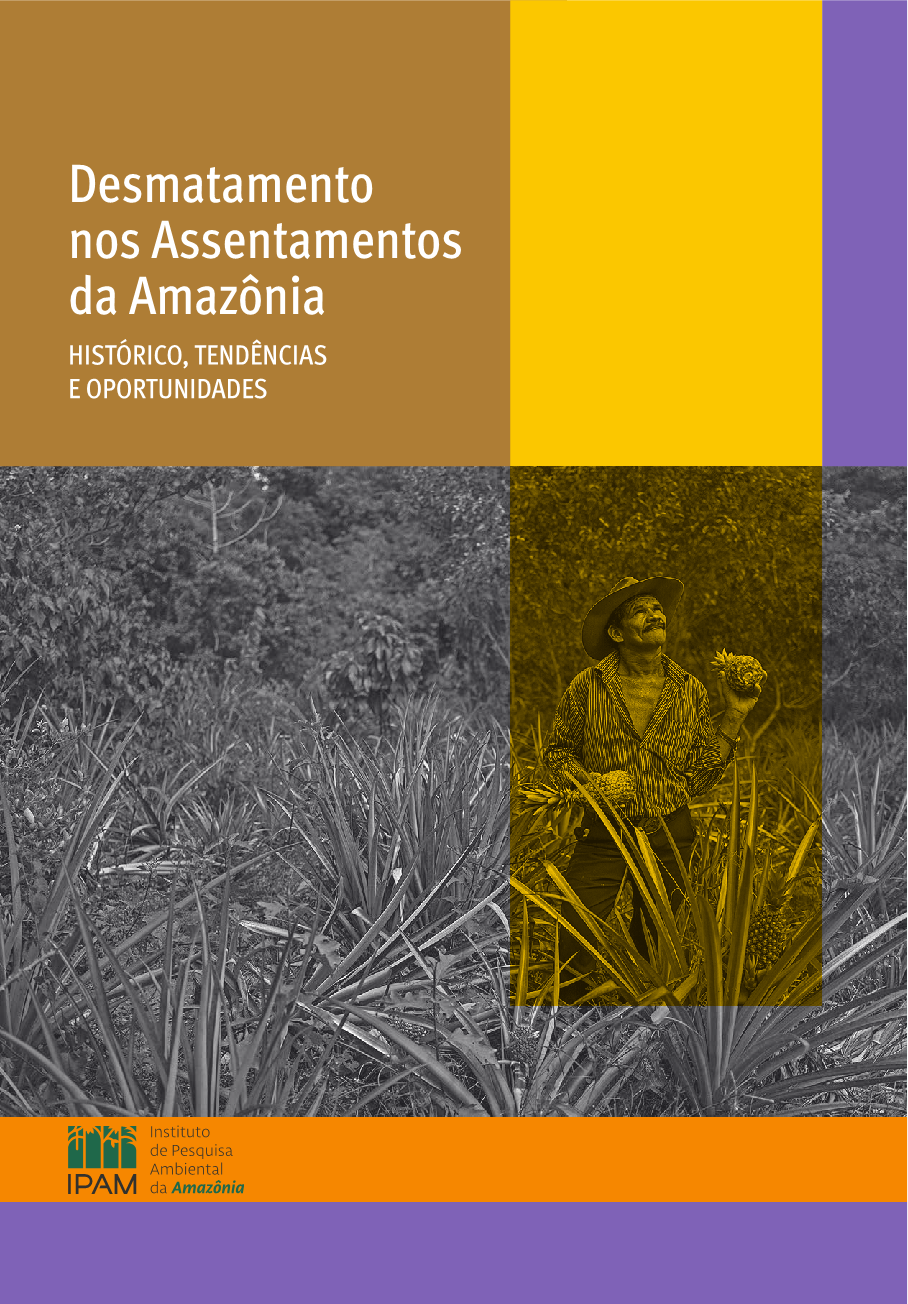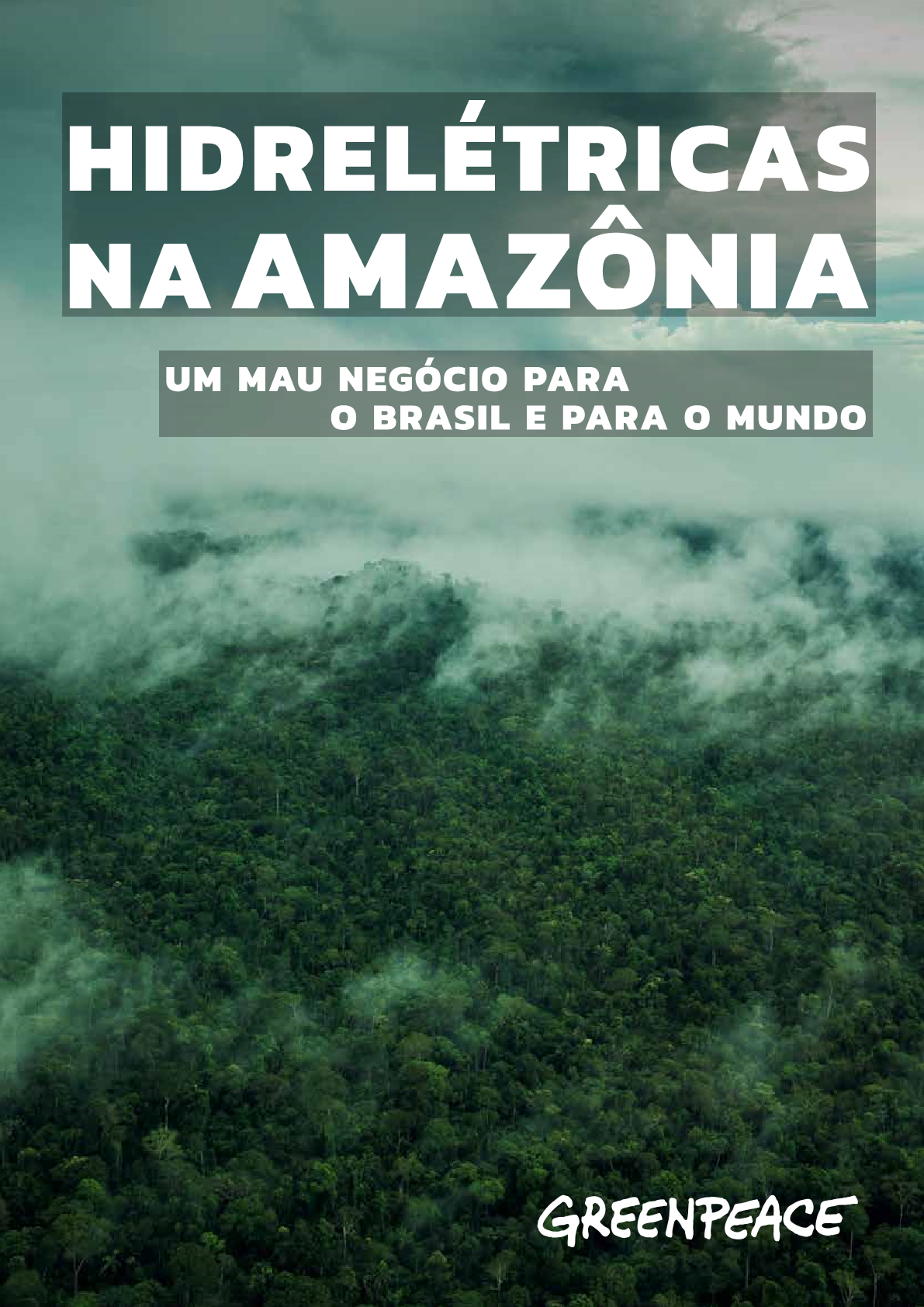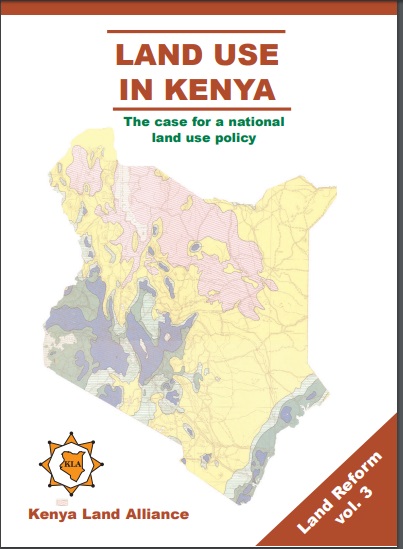Beyond Awareness and Self-Governance: Approaching Kavango Timber Users’ Real-Life Choices
Targeted illegal harvesting of hardwood in the woodland of Namibia’s Kavango region threatens forest stands. In a transforming setting, where wood is increasingly traded through value chains on a globalized market, local harvesters have complex incentives but also a crucially important position. Sustainability largely depends on their choices. Such choices are being influenced by awareness campaigns and decentralized forest management, which are being lauded and supported.







